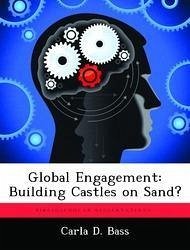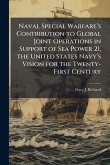From the earliest ages, technological innovations shaped strategies and tactics, often resulting in new eras in military operations. Proliferation of technology, exemplified by computers and sensors, challenges civilian and military decision makers and military leaders to understand radical changes associated with the information age, and capabilities and vulnerabilities associated therewith. Information Operations (IO) challenges traditional, conceptual, and operational approaches to borders, boundaries, and sovereignty. Title 10 and Goldwater-Nichols currently define military organizations, structure, functions, and influence organizational evolution. In this context, how should the US organize for IO? Is a a new or non-traditional organizational structure needed to address IO? How might relationships within the Intelligence Community and with the DoD be affected? Identify, define, evaluate the range of potential policy constraints (e.g., tradition, doctrine, regulation, public law) on IO that civilian and military decision makers confront in planning and implementing IO campaigns? Examine ongoing research detailing US Information Infrastructure...what are the most pressing "Achilles' Heels?" How can US leverage technologies, organizations, concept of operations, and strategies to fend off threats to our infrastructure? This work has been selected by scholars as being culturally important, and is part of the knowledge base of civilization as we know it. This work was reproduced from the original artifact, and remains as true to the original work as possible. Therefore, you will see the original copyright references, library stamps (as most of these works have been housed in our most important libraries around the world), and other notations in the work. This work is in the public domain in the United States of America, and possibly other nations. Within the United States, you may freely copy and distribute this work, as no entity (individual or corporate) has a copyright on the body of the work. As a reproduction of a historical artifact, this work may contain missing or blurred pages, poor pictures, errant marks, etc. Scholars believe, and we concur, that this work is important enough to be preserved, reproduced, and made generally available to the public. We appreciate your support of the preservation process, and thank you for being an important part of keeping this knowledge alive and relevant.
Bitte wählen Sie Ihr Anliegen aus.
Rechnungen
Retourenschein anfordern
Bestellstatus
Storno








